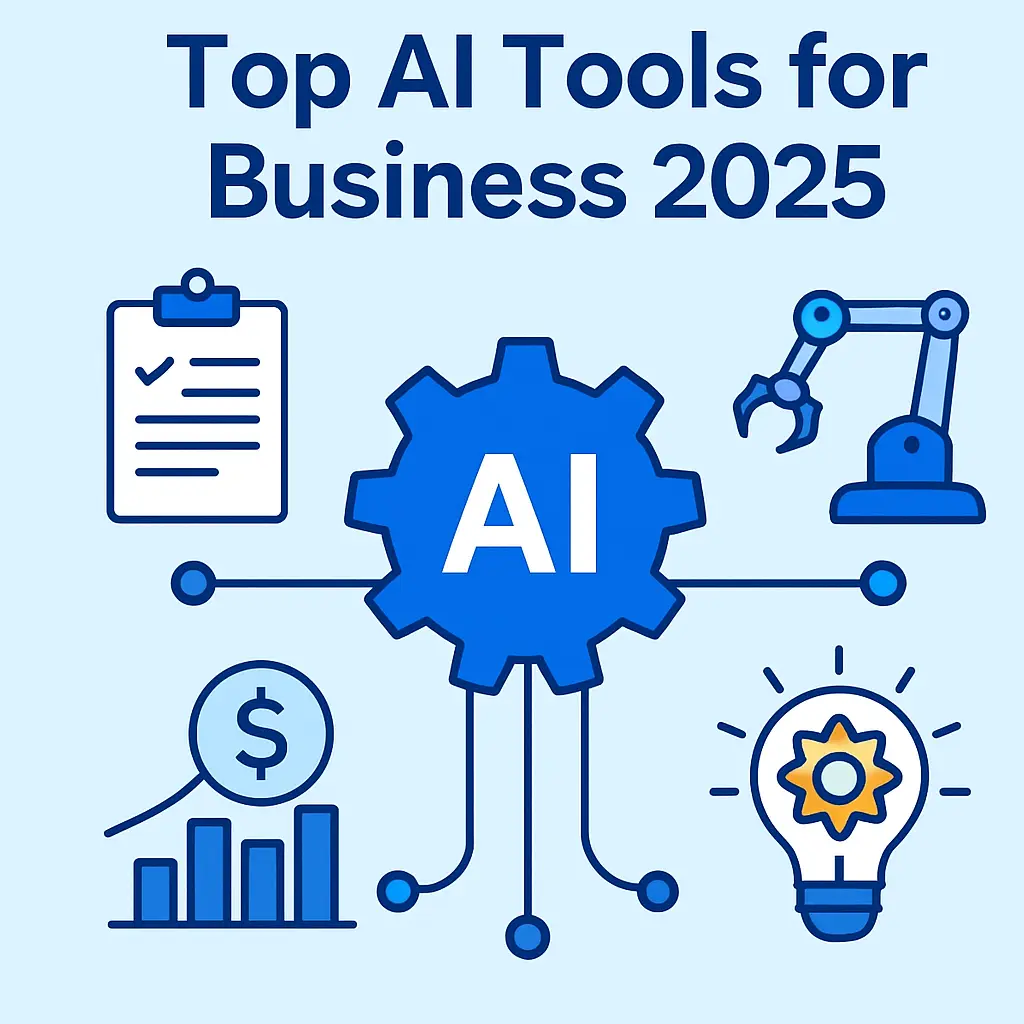In 2025, businesses are entering a new era where customer experience and operational efficiency are no longer separate goals. With the power of artificial intelligence (AI), organizations are now capable of delivering hyper-personalized experiences that adapt in real-time to customer behavior, preferences, and needs. This shift is not only enhancing customer satisfaction but also reshaping the way companies compete and grow in global markets. AI-driven hyper-personalization is becoming one of the most searched and discussed trends in the business category, and for good reason.
What is Hyper-Personalization?
Hyper-personalization goes beyond traditional personalization methods like using a customer’s name in an email. It leverages advanced AI, machine learning, and real-time data analytics to create tailored experiences across touchpoints. This means businesses can predict customer intent, recommend products or services, and even adjust marketing strategies instantly. For example, instead of showing all customers the same product catalog, an e-commerce brand can display unique offers based on browsing history, location, and purchase habits—leading to higher engagement and sales.
Why Hyper-Personalization Matters in 2025
The business world in 2025 is defined by competition, speed, and customer expectations. Modern consumers expect companies to “know them” and provide relevant experiences without asking. According to recent studies, personalized strategies can cut customer acquisition costs by up to 50% and increase loyalty significantly. Companies that fail to adapt risk losing customers to competitors who can deliver smarter, faster, and more relevant interactions.
How AI Powers Hyper-Personalization
Artificial intelligence is the driving engine behind hyper-personalization. AI models analyze massive amounts of customer data from multiple sources—such as browsing history, purchase behavior, social media activity, and even real-time actions. By doing so, businesses can achieve:
- Predictive Insights: AI predicts what a customer might need next, from suggesting clothing styles to anticipating financial service requirements.
- Dynamic Content: Personalized product recommendations, emails, or ads that change based on real-time actions.
- Customer Journey Mapping: AI tracks the customer journey from discovery to purchase, ensuring no opportunity is missed.
- Scalable Solutions: Unlike manual personalization, AI allows businesses to offer customized experiences to millions of users simultaneously.
Real-World Use Cases of AI-Driven Hyper-Personalization
Many industries are already witnessing a transformation thanks to AI-driven personalization:
1. Retail and E-Commerce
Online retailers now use AI to recommend products in real time, offer customized discounts, and optimize inventory based on demand. For example, a customer browsing sports shoes might instantly receive personalized offers on related fitness gear or accessories.
2. Financial Services
Banks and fintech companies are using AI to personalize financial advice, credit offerings, and fraud alerts. Instead of generic promotions, customers receive insights tailored to their spending behavior, savings goals, and investment history.
3. Healthcare
AI enables personalized treatment recommendations, medication reminders, and health insights. Wearable devices combined with AI are making preventive healthcare more accurate and user-specific.
4. Entertainment and Media
Streaming platforms like Netflix and Spotify are prime examples, offering hyper-personalized recommendations that adapt instantly to what users listen to or watch.
5. Hospitality and Travel
Hotels and airlines are providing custom offers based on travel history, preferences, and seasonal behavior, turning every trip into a personalized experience.
Business Benefits of Hyper-Personalization
Adopting AI-driven personalization brings a variety of measurable benefits to businesses, including:
- Increased Sales: Personalized recommendations often lead to higher conversions.
- Customer Loyalty: Personalized experiences foster long-term trust and satisfaction.
- Reduced Marketing Costs: Targeted campaigns minimize wasted spend and maximize ROI.
- Improved Efficiency: Automation reduces the need for manual effort, saving time and resources.
Challenges and Risks of Hyper-Personalization
Despite its benefits, businesses must address several challenges when implementing hyper-personalization:
- Data Privacy Concerns: Collecting personal data raises privacy issues. Stricter regulations like GDPR and CCPA require businesses to be transparent and ethical.
- High Costs of AI Integration: Setting up AI systems can be expensive, especially for small businesses.
- Over-Personalization Risk: Customers may feel uncomfortable if personalization feels invasive or “creepy.”
- Talent Gap: Skilled professionals are needed to manage and optimize AI systems.
Future of Hyper-Personalization in Business
The future of AI-driven personalization looks even more promising. In 2025 and beyond, we can expect:
- Voice and AI Assistants: Hyper-personalized recommendations through smart assistants like Alexa, Siri, and Google Assistant.
- Augmented Reality (AR) Shopping: Virtual try-ons tailored to customer preferences will become more mainstream.
- AI-Powered B2B Solutions: Businesses selling to other businesses will also use personalization to target decision-makers effectively.
- Ethical AI Practices: Companies will prioritize transparent AI systems that balance personalization with consumer privacy rights.
Steps for Businesses to Implement AI-Driven Personalization
For companies looking to adopt this trend, here are some actionable steps:
- Invest in AI tools and platforms that integrate with existing systems.
- Collect customer data responsibly with full transparency.
- Start small with pilot projects and gradually scale.
- Focus on ethical AI practices to build trust.
- Train employees to work with AI-powered tools effectively.
Conclusion
AI-driven hyper-personalization in business is no longer a futuristic concept; it’s the present reality in 2025. Companies across industries are reaping the benefits of smarter, more personalized customer interactions, leading to increased loyalty, sales, and efficiency. While challenges such as privacy concerns and implementation costs remain, the long-term advantages far outweigh the risks. Businesses that embrace this trend now will not only survive but thrive in the competitive digital economy of the future.

















Leave a comment